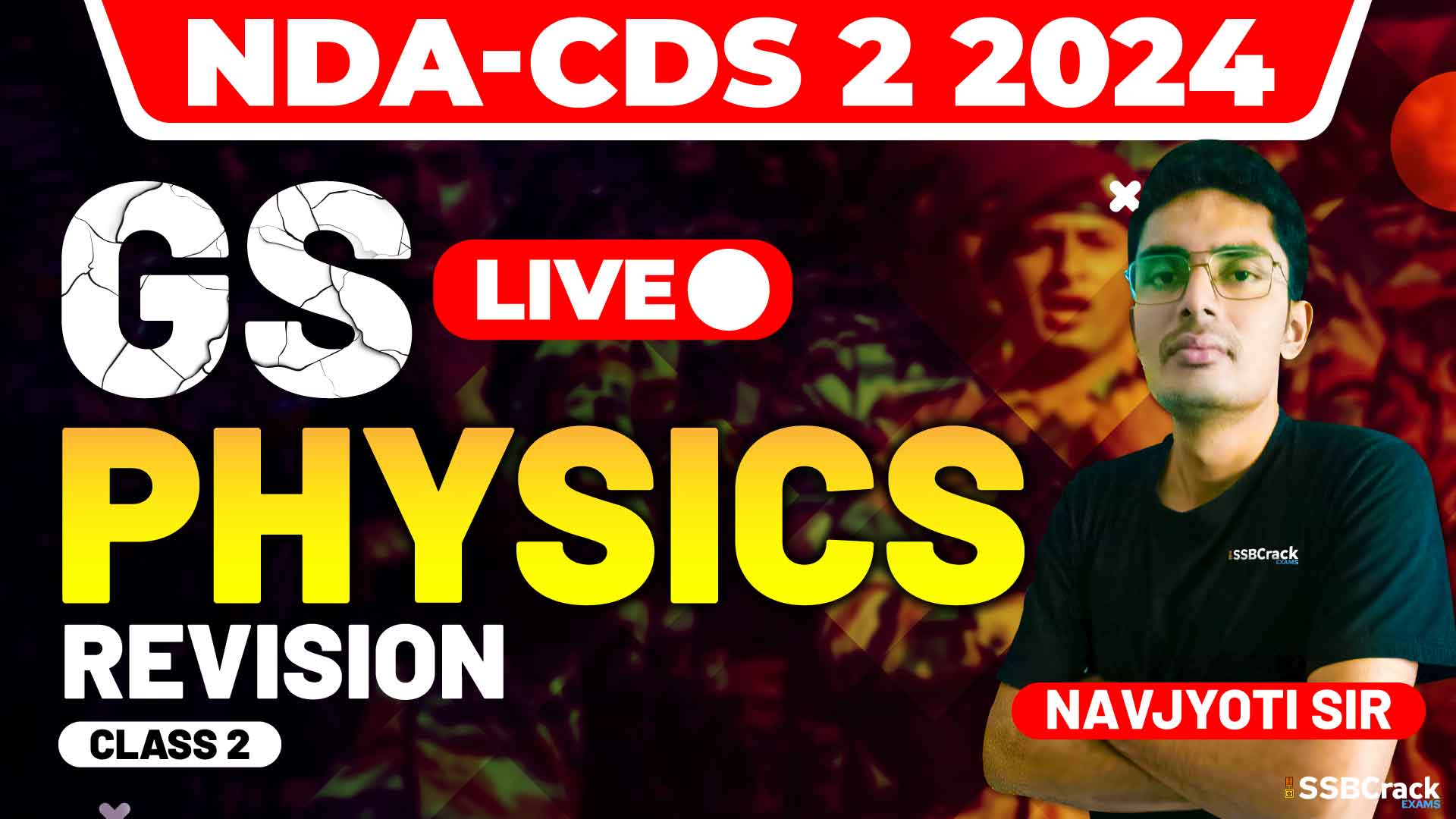The National Defence Academy (NDA) and Combined Defence Services (CDS) exams are among the most competitive in India. Physics, being a crucial part of the syllabus, demands a thorough understanding of various concepts, especially topics like Reflection and Refraction of Light. This article delves into these topics, providing a clear, concise overview, along with strategies to tackle multiple-choice questions (MCQs) effectively.
Reflection of Light
Reflection is the phenomenon where light bounces off a surface. This concept is fundamental in understanding how we see objects and the workings of various optical devices.
Laws of Reflection:
- The angle of incidence is equal to the angle of reflection.
- The incident ray, the reflected ray, and the normal to the surface all lie in the same plane.
Applications:
- Plane Mirrors: Used in everyday objects like periscopes, kaleidoscopes, and simple reflection devices.
- Spherical Mirrors: Classified into concave and convex mirrors, they are used in headlights, telescopes, and shaving mirrors.
Refraction of Light
Refraction is the bending of light as it passes from one medium to another with different densities. This change in speed results in a change in direction.
Laws of Refraction:
- The incident ray, refracted ray, and the normal to the interface of two media lie in the same plane.
- The ratio of the sine of the angle of incidence to the sine of the angle of refraction is a constant (Snell’s Law).
Key Concepts:
- Refractive Index: It indicates how much the light will bend and is a measure of the speed of light in that medium relative to the speed of light in a vacuum.
- Critical Angle and Total Internal Reflection: When light travels from a denser to a rarer medium, the angle of incidence at which light is completely reflected within the denser medium is the critical angle. Beyond this, total internal reflection occurs.
Applications:
- Lenses: Converging (convex) and diverging (concave) lenses are used in eyeglasses, cameras, microscopes, and telescopes.
- Optical Fibers: Utilizes total internal reflection to transmit light over long distances with minimal loss.
Strategies for Solving MCQs on Reflection and Refraction
- Understand the Basics: Ensure you have a solid grasp of the basic principles, laws, and definitions. This will help you tackle straightforward questions with ease.
- Diagram Practice: Many MCQs involve diagrams. Practice drawing and interpreting ray diagrams for mirrors and lenses.
- Use Mnemonics: Create mnemonics for remembering laws and key points, such as “I R P” for Incident ray, Reflected ray, and Plane of incidence in reflection.
- Key Formulas: Although you won’t use math notation in the exam, familiarize yourself with key relationships like the mirror formula and lens formula conceptually.
- Application-Based Questions: Expect questions on real-life applications like how concave mirrors are used in headlights or the working of optical instruments.
- Critical Angle and TIR: Pay special attention to questions on total internal reflection and the critical angle, often tested in exams.
- Practice Previous Papers: Solving past year papers and sample questions will give you a good understanding of the type of questions asked and the level of difficulty.
- Time Management: While practicing, time yourself to ensure you can complete questions quickly and accurately.
- Conceptual Clarity: Avoid rote learning. Focus on understanding the concepts behind the laws of reflection and refraction, which will help you in deducing answers logically.
- Regular Revision: Keep revisiting the concepts and practice problems regularly to keep the information fresh in your mind.



















